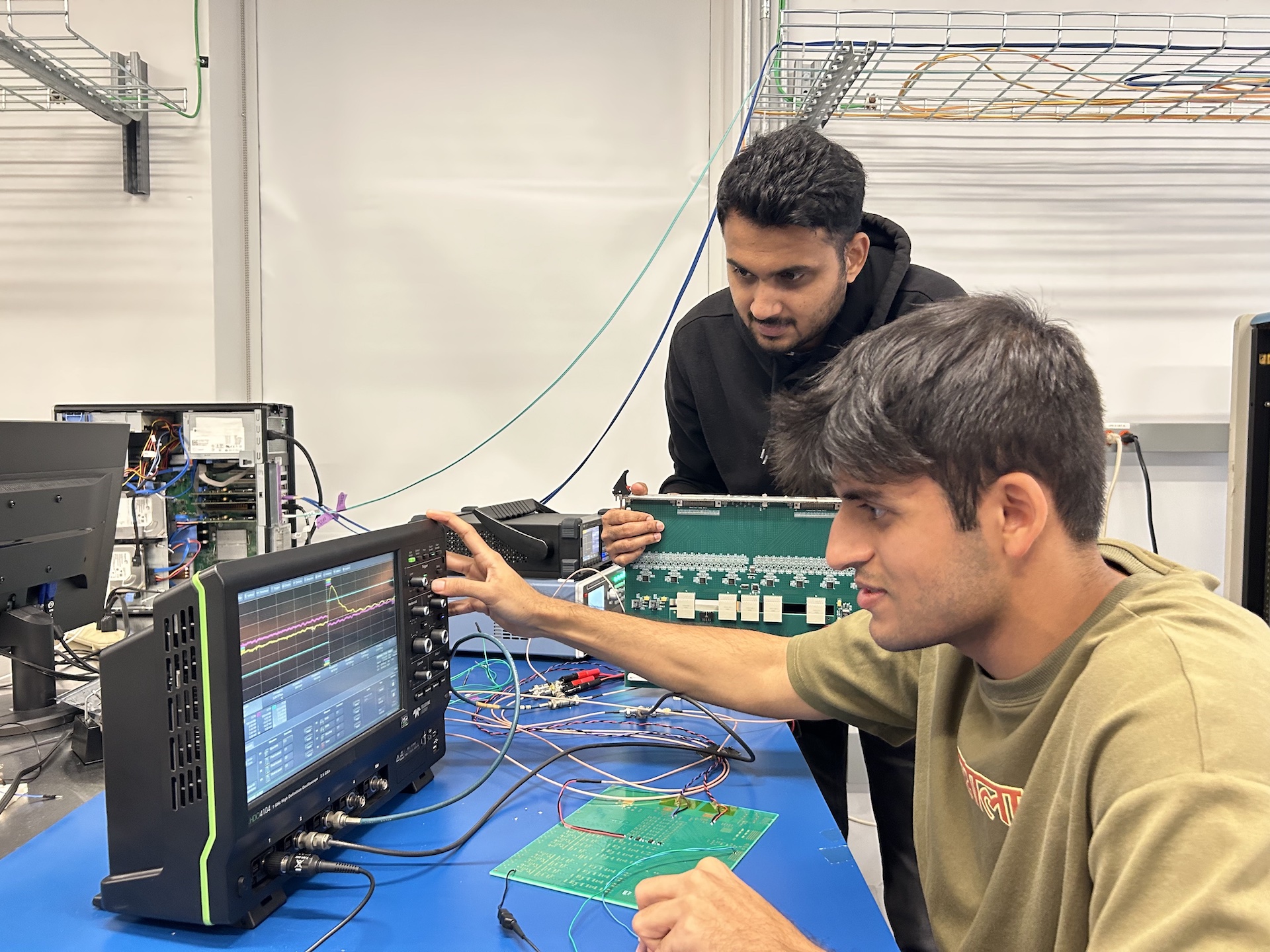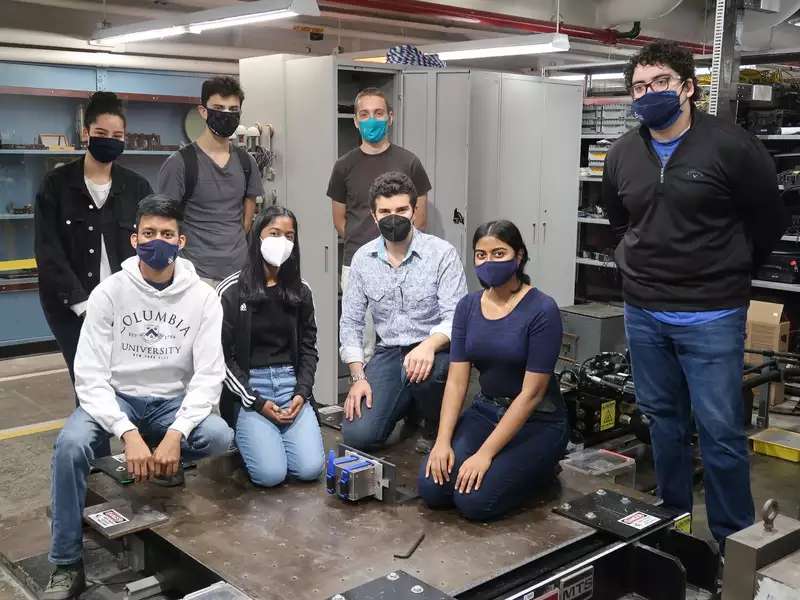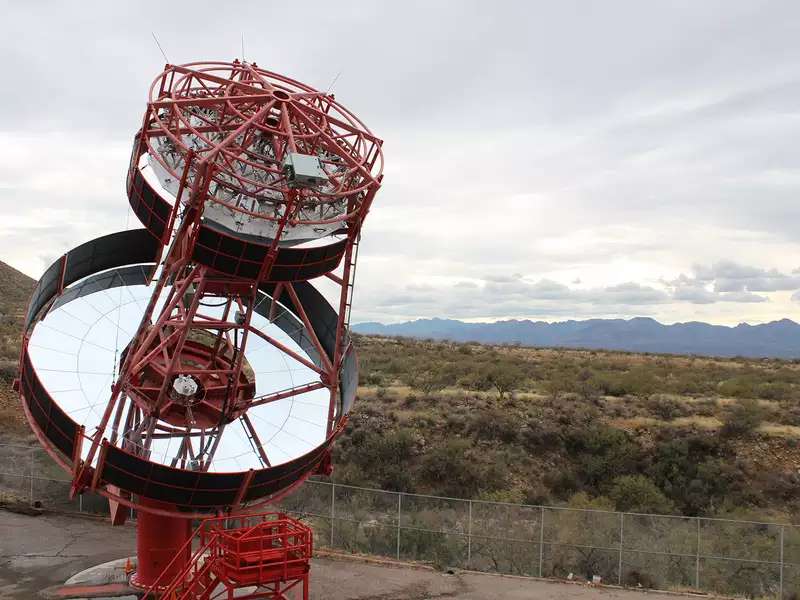To understand the importance of the Gamma-Ray and AntiMatter Survey (GRAMS) — the project that recently won a highly competitive $5.5 million NASA grant to run a proof-of-concept test — is to understand that the planet is part of an unfathomable, hidden universe with unseeable areas of the galaxy that hold vital information for humanity. As a senior advisor on GRAMS, Reshmi Mukherjee, the Helen Goodhart Altschul Professor of Physics and Astronomy at Barnard and an astrophysicist renowned for her research on gamma-ray astronomy and blazars, is helping to lead a program to probe these hidden secrets.
“Gamma rays probe the most energetic processes in the universe, and GRAMS will probe the so-called MeV gap of the gamma-ray spectrum that has suffered from a lack of sensitive instruments,” said Mukherjee, who is also chair of the Institutional Board on GRAMS, a multinational collaboration that is leveraging existing technology in a new way.
“Together with our colleagues at Northeastern, Columbia, and other collaborators — including NASA Goddard — we have won a competitive, collaborative proposal from NASA to build a balloon-borne detector using novel imaging technology and to demonstrate this concept for future astroparticle imaging missions,” said Mukherjee. “If successful, it would open up opportunities for exciting measurements in astroparticle physics.”
The GRAMS project, one of the NASA Physics of the Cosmos missions, will “deliver unprecedented sensitivity to astrophysical observations,” according to NASA. “The GRAMS collaboration aims to break through existing technological barriers,” said Mukherjee.
The project leverages breakthrough technology — a particle detector called a liquid argon time projection chamber (LArTPC) — that will enable scientists to probe the hidden reaches of the universe for dark matter, the nature of which remains an unanswered question in astroparticle physics. “Future possibilities for this technology as cosmic gamma-ray detectors are immense,” said Mukherjee.
“GRAMS is the first experiment to utilize a LArTPC detector for astrophysical gamma-ray observations in the relatively unexplored MeV energy range,” said co-principal investigator Georgia Karagiorgi. “We will use this first flight opportunity to demonstrate the LArTPC performance in flight.”
“After this upcoming prototype flight in the U.S., we will move forward with science balloon flights as a precursor of the GRAMS satellite mission,” said Tsuguo Aramaki, the principal investigator from Northeastern University. “We are very excited to share this moment with all the members. “
Mukherjee said the team aims to launch the small-scale prototype demonstration of GRAMS as a balloon flight sometime in 2025 or 2026.
“I was really excited that it was selected [by NASA] this past cycle and that it is a reality. The funding is for a test mission. The goal is not to stop here,” said Mukherjee. “We want to build something that is bigger and eventually use a satellite so it can do real science.”
Read the news from Columbia and Northeastern.




